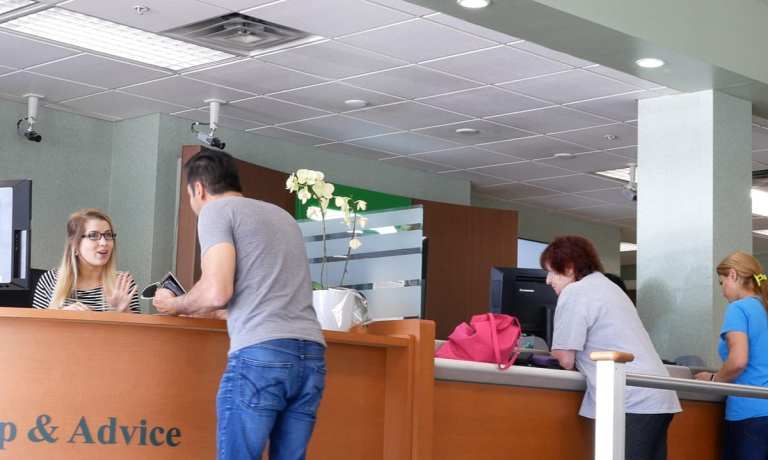
The pandemic has brought seismic changes to the way credit unions interact with their members. Digital transformation is among the most noticeable changes, but it doesn’t herald the end of the brick-and-mortar experience, Brian Scott, senior vice president and chief growth officer at PSCU, told PYMNTS in a recent interview.
Scott noted that fewer credit union mergers happened in 2020, largely due to the pandemic. But he said the mergers that will take place in 2021 and beyond will create a healthier credit union (CU) landscape — and help bring branches toward a new level of customer service.
Scott said that’s because, generally speaking, M&A happens when two credit unions that are struggling come together. And as he put it, they’re able to provide more services to a greater number of members when they work in combination.
He said the trend that’s taking shape is one where a number of credit unions are acquiring or merging their branches, or traditional financial institutions (FIs) and CUs are merging. Scott expects that strategy to likely continue gaining traction.
But he said the pandemic is “a catalyst for accelerating digital offerings” — and for transforming the very nature of in-person banking, even though boosting brick-and-mortar efforts might seem counterintuitive in the pandemic’s wake.
Consumers Will Still Uses Branches, Just For Different Tasks
Scott believes CUs are moving away from the physical branch being a transactional place in favor of being a place where members can have deeper engagements with financial services providers.
While credit union members might be less inclined to go to a branch to deposit a check or move money between accounts, they’ll still go to branches to take advantage of investment opportunities and/or more personalized offerings, he said.
How COVID-19 Is Promoting Contactless And Mobile
In the meantime, CUs will continue to move more of their transactional activities online — done across contactless means, of course, which paves the way to using technologies in new ways to conduct daily financial life.
But he added that the way consumers think about contactless and mobile payments is changing. Scott said that as the pandemic hit, consumers gravitated toward contactless payments mainly on the heels of safety concerns. As a result, contactless payments rose more than 40 percent year over year.
But he also said the percentage of CU members who are using mobile wallets has grown by more than 50 percent through the public health crisis. Scott said that’s because many consumers are realizing that payments done through digital and contactless conduits are, in a word, easier.
Beware Of Fraud
Of course, where payments activity flows, so do fraudsters. Scott noted that it’s become important for CUs to sharpen their anti-fraud efforts to protect members and give them peace of mind as they transact digitally.
He said cloud-based banking platforms such as PSCU’s Lumin Digital help financial services providers give digital wallet users more control over their card activity — and can send text alerts to confirm transactions or turn cards on and off as desired.
“Having control over the experience is really important, and knowing that your card is going to work is really important,” Scott said.
And reducing the number of declined transactions, of course, helps FIs and merchants, too. It also reduces consumer calls to contact centers (which decreases operating costs) while driving higher member satisfaction and stickier relationships.
“A cloud-native approach to digital banking allows credit unions to be able to compete at scale with the largest banks out there” — with speed and without downtime, Scott told PYMNTS. “The mega-banks are spending billions [on] the digital experience. An individual community credit union — they can’t spend that.”
What Comes Next
Looking ahead, Scott expects advanced technologies to continue to help CUs leverage predictive analytics and data to create personalized approaches to serving members at multiple touchpoints.
“Those touchpoints could include a call center. It could be a digital interaction. It could be collections,” he said. “[Or] it could be using your card and getting a more robust 360-degree view of where a member is on their financial journey through life and then being able to tailor the experience that somebody has.”
Consider the example of a member who’s spending $600 a month at an auto parts dealer. That might lead a CU to recognize that the member has an older or less-than-ideally functioning car and might be interested in an auto loan to buy another vehicle.
“If we can make those relevant offers to somebody and we can predict where they are in their financial lives, we can actually make their financial lives better,” Scott said.